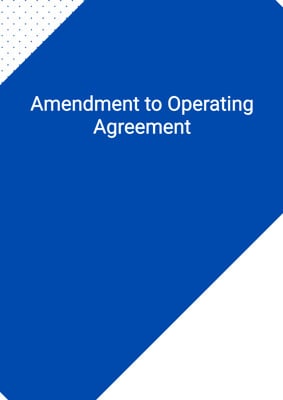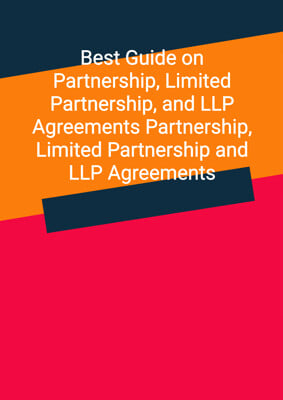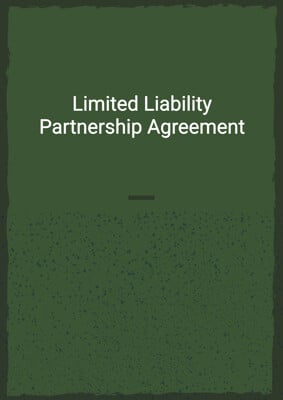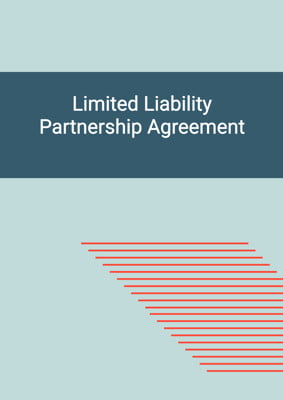How to Tailor the Document for Your Need?
01
Create Document
Fill in the details of the parties. You can click the "Fill with Member’s Information" button to complete it with information saved to your account.
02
Fill Information
Please fill in any additional information by following the step-by-step guide on the left hand side of the preview document and click the "Next" button.
03
Get Document
When you are done, click the "Get Document" button and you can download the document in Word or PDF format.
04
Review Document
Please get all parties to review the document carefully and make any final modifications to ensure that the details are correct before signing the document.
Document Preview
Document Description
The Partnership Agreement is a legally binding document that establishes a partnership between Party 1 and Party 2. The agreement outlines the purpose of the partnership, which is to conduct business in a specific territory. It also regulates the relationship between the partners and the management of the partnership.
The agreement begins with an interpretation section, which defines key terms used throughout the document. These terms include accounting period, affiliate, accounts, auditors, budget, business day, business plan, director, effective date, executive manager, partners, partnership board, partnership interest, partnership, percentage share, and more.
The agreement covers various aspects of the partnership, including the business of the partnership, partnership capital, further finance, profits and losses, directors and partnership board, executive management, partnership property, undertakings by partners, expenses, accounts, budgets and information, indemnities, default, assignments, confidentiality and announcements, termination and deadlock, waivers and amendments, severability, entire agreement, notices, settlement of disputes, governing law, dispute resolution, counterparts, and no rights for third parties.
The agreement also includes provisions for termination, in case a fundamental deadlock or difference arises between the partners or if the financial results of the business are substantially lower than expected. In the event of termination, the partners must consult and agree on an orderly wind-up of the partnership and the distribution of its assets.
The agreement contains confidentiality provisions to protect commercial and technical information related to the partnership and the partners' businesses. It also includes provisions for indemnities, which ensure that each partner will indemnify the other partner against any losses or liabilities arising from a breach of the agreement or actions taken outside the scope of authority.
The Partnership Agreement is a comprehensive document that covers all aspects of the partnership, including the rights and obligations of the partners, the management of the partnership, financial matters, and dispute resolution. It provides a clear framework for the operation of the partnership and helps to ensure that both parties are aware of their rights and responsibilities.
How to use this document?
1. Review the Partnership Agreement carefully to understand its purpose and scope.
2. Ensure that all definitions and terms used in the agreement are understood.
3. Familiarize yourself with the business of the partnership and the responsibilities of the partners.
4. Understand the provisions related to partnership capital and further finance, including the initial contributions and ongoing funding requirements.
5. Review the provisions regarding profits and losses, including the allocation of profits and losses to the partners' current accounts.
6. Understand the composition and responsibilities of the partnership board, including the appointment and removal of directors.
7. Familiarize yourself with the provisions regarding executive management and the role of the chief executive.
8. Review the provisions related to partnership property and the ownership of assets.
9. Understand the undertakings and obligations of the partners, including restrictions on competing businesses.
10. Review the provisions regarding expenses and the reimbursement of costs incurred by the partners.
11. Familiarize yourself with the requirements for maintaining proper accounts and preparing budgets and management reports.
12. Understand the indemnities provided by each partner and the obligations to indemnify the other partner.
13. Review the provisions regarding default and the rights of the non-defaulting partner in case of an event of default.
14. Understand the restrictions and procedures for transferring or assigning partnership interests.
15. Familiarize yourself with the confidentiality provisions and the restrictions on making announcements without prior approval.
16. Review the provisions regarding termination and the winding up of the partnership.
17. Understand the procedures for giving notices and the requirements for service of legal proceedings.
18. Familiarize yourself with the dispute resolution mechanisms and the governing law of the agreement.
19. Keep in mind that this guidance is a summary and does not replace a thorough review of the Partnership Agreement. Seek legal advice if needed.
Not the right document?
Don’t worry, we have thousands of documents for you to choose from:






















































